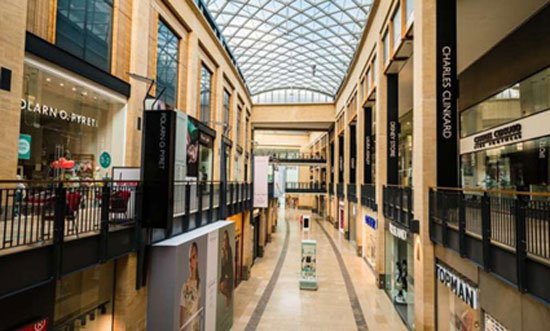
Retail stores are closing as if they’ve been struck by an epidemic. In the USA, the world’s largest retail chain, Sears, announced it will shut more than 70 stores in the near future. But the true scale is given by the overall numbers: in the first half of ’18, 9,000 retail stores closed and 50 major chains went bankrupt. Another 12,000 shutdowns are expected by the end of the year. Similar developments are underway in England and Canada.
No, it’s not because of (economic) recession. It’s because of a change in consumer habits: e-shopping. That’s why this isn’t a temporary setback, but a trend that will continue. Sears’ stock has lost 90% of its value over the past 10 years. In contrast, Amazon’s stock has risen by 2,000% in the same period—and by 49,000% over the last 20 years.
The flagships of shopping—malls—are collapsing too. In the U.S. about 20% of malls are expected to shut down permanently within the next four years. These changes drag down other kinds of retail that were intertwined with “physical shopping” and “window-shopping strolls.” Starbucks, for instance, plans to close all 380 of its “Teavana Stores”; most of them were inside malls. The premises are emptying out, even if not every store is closing…
The profitability of “brick-and-mortar” retail trade is plummeting, the ground rents of commercial-property owners are falling, and unemployment among shop employees is rising. On the flip side, every kind of transport business is expanding, warehousing companies are growing, and transport workers are multiplying.
Already this undervalued job called “courier” is at the center of commerce…
